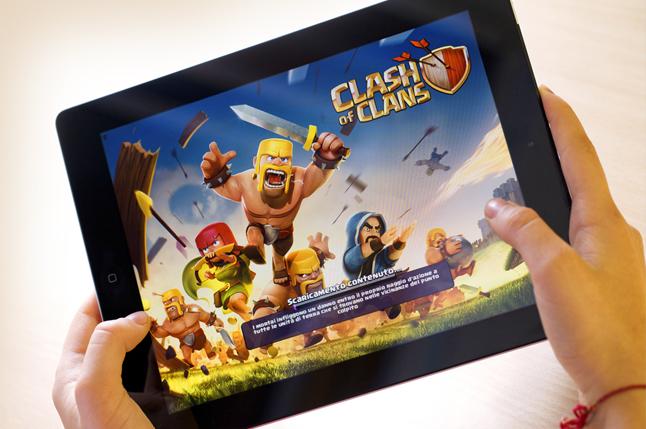
Gamification has become an essential part of any digital business strategy, says Gartner, as a way of digitally motivating people and overcoming barriers of scale, time, distance, connectedness and cost. Digital business leaders are using gamification to add value to the product offer, to increase employee engagement and to drive crowdsourced innovation.
Gamification has tremendous potential, but right now most organizations aren't getting it right. The road to gamification success is full of pitfalls, and many companies don't understand how critical player motivation is to success.
In the book "Gamify — How Gamification Motivates People to Do Extraordinary Things", Brian Burke, research VP at Gartner, explains how to design an experience that touches people on an emotional, rather than transactional, level and motivates them to achieve their goals.

"Gamification is the use of game mechanics and experience design to digitally engage and motivate people to achieve their goals"
Gartner defines gamification as the use of game mechanics and experience design to digitally engage and motivate people to achieve their goals.
"Organizations should use gamification to empower their customers, employees and communities to reach their goals. Gamification is about motivating people to achieve their own goals, not the organization's goals," said Burke.
"The sweet spot for gamification is shared goals. If a business can identify the goals it shares with its audience or provide its audience with goals that are meaningful to them, then it can leverage gamification to motivate these players to meet those goals, and the company will achieve its business outcomes as a consequence."
"Organizations need to shift focus to emotional engagement if they want to truly motivate people"
Senior business and IT leaders need to understand gamification and fuse it into their digital business strategy. Business leaders must understand the opportunities to leverage gamification to digitally motivate customers, employees and communities.
IT leaders need to rethink how they can design solutions for engagement rather than just efficiency. A digital engagement strategy challenges business leaders to go beyond interactions; it challenges IT leaders to go beyond transactions. Rather, it requires the design and delivery of digital experiences.
Organizations that are more aggressively adopting gamification already have multiple gamified solutions in place that support different business areas, address different target audiences, and achieve a wide range of business objectives.
These organizations are starting to develop gamification centers of excellence to leverage the specialized skills required for these projects. These organizations are also considering how to integrate gamified solutions that touch the same target audience.

 In
In
Add new comment